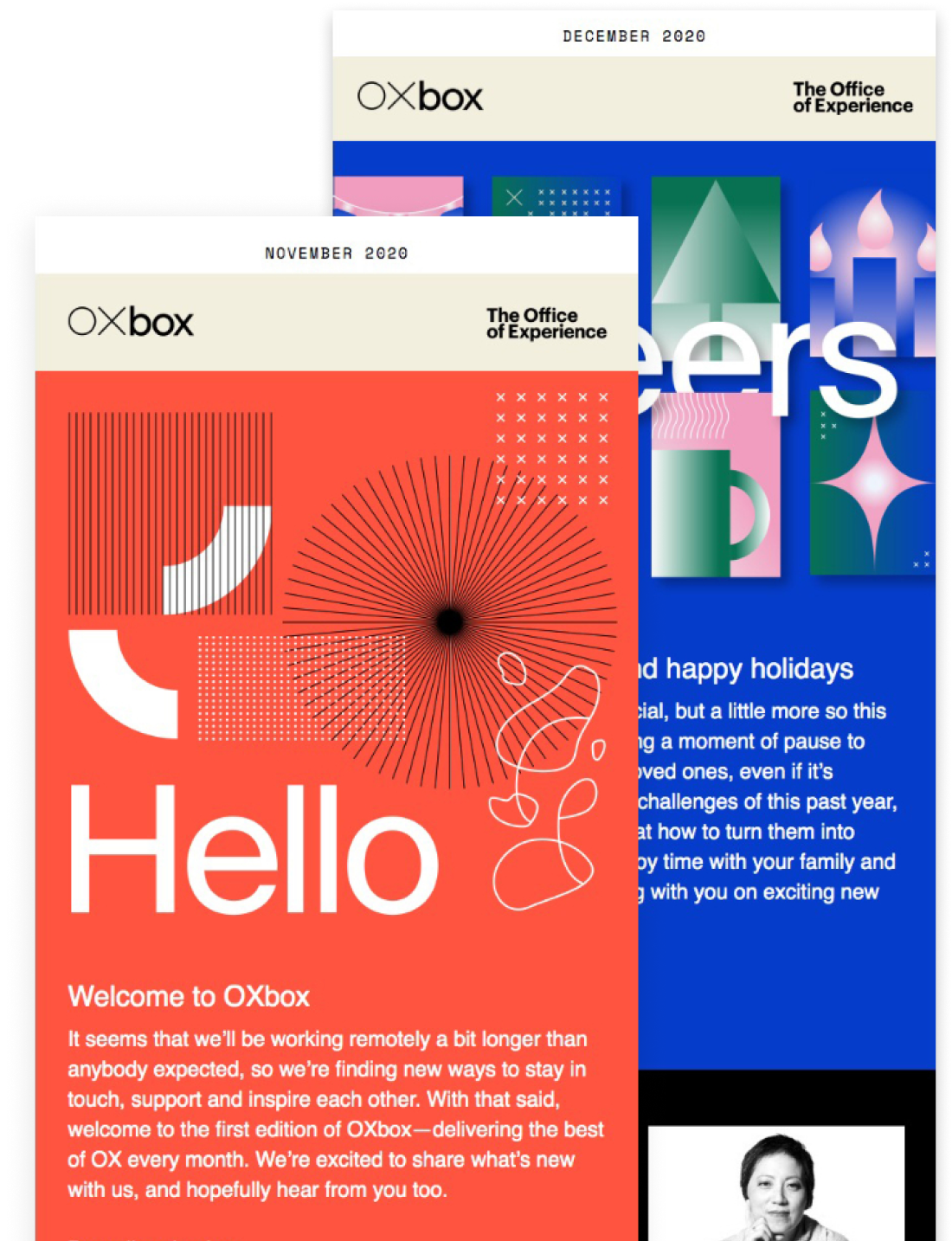
Experience Design
In Praise of Friction
Sure, it costs time and effort. But a healthy dose might save us.
Most of us would prefer less friction in our lives. But for those hearty enough to brave Chicago winters, it’s a godsend this time of year. The opposing forces of mass and motion keep our feet gripped to the ground, our cars heading mostly in the right direction, and our rubbed hands a few degrees warmer. Even in an otherwise unpredictable age, Newton’s second law of motion always comes through for us, without fail.
The role of friction in designing a customer experience, however, is a bit more nuanced. Any obstacle standing between buyer and transaction is an opportunity for a sale to fail. So recent years have seen companies achieve great success in painstakingly removing any such moment of friction. From online commerce to car-fetching apps, ease and speed have reigned.
Which is perfectly understandable when time is of the essence. Yet now that it’s been in greater supply for a spell, that equation may be changing. Our streaming services have become so friction-free, we’ve forgotten which series we’ve binged. Online shops have gotten so single-click simple, we’ve filled our homes with cardboard and regret. And just last month, a stock-buying app became so much like a game, it nearly stopped the market.
Ease and speed have had a good run. Maybe it’s time we gave friction a chance.
See, friction in design isn’t just about the time required to do something, or even the number of steps it takes. It’s about the effort. And Americans in particular will pay a premium to avoid a little extra work. We think nothing of ponying up for a fast pass at a theme park, or splurging for valet parking. Sure, we save time too, but we’re mostly spared the indignity of excess labor.
Decision making also takes effort. So our priciest restaurants dictate our multi-course meal for us, while regretting that exceptions cannot be honored. Savvy restaurateurs even protect us from our inner gluttons by presenting the food at a proper pace, so we must take the time to savor their craft. It’s no wonder you don’t see Michelin-starred buffet joints.

Sometimes designers add a bit of friction to distract us from a negative reality. Elevators include mirrors to call our attention away from the pain of inaction. Airports intentionally extend our walk to baggage claim so we don’t feel like we’re waiting as long at the carousel. We’re none the wiser, and we get a few extra steps in.
In other cases, designers add time to the mix to build a greater perception of value. Those coin-counting machines at the grocery store know how much your loot is worth in a split second, but they stretch out the process to build a sense of ceremony. Locksmiths go through elaborate rituals to perform an act that could take seconds. It’s largely theater, but it’s effective. It feels deliberate, and therefore important.

Added friction may strike some consumers as a loss of freedom. Years back, when drug companies changed the design of pain reliever packaging from bottles to blister packs, that added friction was heralded as a protection from accidental overdose. From another perspective, it now forces the downtrodden to do a little extra legwork before throwing an ibuprofen blowout.
Whichever way you slice it, cunning designers are using friction to protect us from our worst instincts, running the gamut from impatience to sloth. But what if we deserve it?
In many ways, our relationship to friction depends on which way value flows between company and customer. When a website takes a dozen steps to register us as a new account, the organization on the other end feels like it’s being self-serving. That friction redounds to their benefit, not ours. We’re likely to get annoyed or give up entirely — the equivalent of grabbing our precious first-party data and going home.
But when a company acts like it has our best interests at heart, the calculus shifts to a place of trust. We’re extra patient with a brand we’ve known for years, since they’ve delivered value in exchange for our time. But that can make for a process both infinite and fragile; just as trust can take years to earn, it might take seconds to undo. And it turns out that’s just as true for dueling factions within a society.
Even in this still-young year, we’ve all experienced the delicate dance between friction and trust at close range. A national election happens, by design, across tens of thousands of local jurisdictions. But thankfully, that staggering degree of friction makes the result harder for one party to disrupt. A countrywide vaccine rollout means that most of us can’t get our shot as quickly as we’d like. But we trust that design will deliver a better long-term result.
All the while, we’re grappling with friction inside our own heads. Our social and information-delivery networks are carefully curated to smoothen our intake — and amplify our confirmation bias. That means it takes extra effort to seek out opposing views, and doing so requires us to accept some friction. But to deepen our understanding of each other — and rebuild the trust that’s been squandered — it’s an extra effort we need to embrace.
This is one problem that speed and ease won’t solve on their own. But take it from a chilly Chicagoan — sometimes a little well-intentioned friction can work wonders.
Drop us a line
ALL FIELDS REQUIRED







